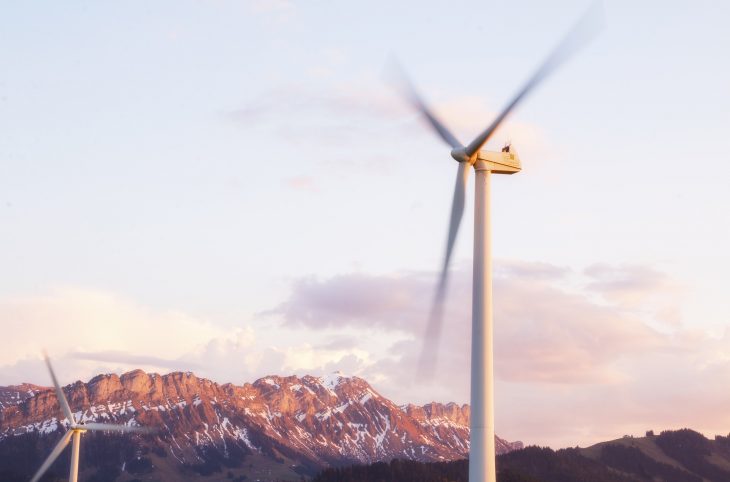High hopes are pinned on a wind turbine developed at the University of Newcastle, which received an ARC discovery grant that will assist researchers in devising new turbine controller strategies to optimise power output in unsteady flow, whilst minimising structural loading on the turbine.
The turbine is the outcome of research spanning almost two decades undertaken by a team of PhD and Masters students lead by Professor David Wood, owner of Aerogenesis Australia, and Associate Professor Philip Clausen.
In recent years much of the work has been dedicated to the refining process, to ensure the turbine’s aerodynamic and energy extraction efficiency is optimised, as well as the fatigue and noise of the machine being minimised.
“Testing has suggested that the 2.5m long blades we have designed are one of the most efficient small blades in the world,” said Associate Professor Philip Clausen.
“And of course, wind energy is renewable and completely clean in its environment.”
The blades are the key feature of the small wind turbine, however it also incorporates a range of smaller innovations to improve reliability, maximise its lifespan and keep its purchase price as low as possible.
These include a specifically designed integrated controller/inverter for direct grid connection, and a disk brake for emergency stopping.
Standing on an 18 metre high counterweighted swing tower, it is able to generate five kilowatts (kW) at a wind speed of 10.5 metres per second (38km/hour), which will produce between 20 and 30 kW-hours of energy per day at an “average” wind site.
The turbine is also expected to have a service life of up to 20 years. A number of prototypes have already been installed across Australia, including at the University of Newcastle’s Callaghan Campus, The University of Wollongong and on French Island.
The electricity generated by the turbine or turbines has the potential to be used in both business and industrial sectors, for example powering warehouses and remote area power systems.
A scale-up project is also likely to begin within a few years time, which will require the knowledge and technology used in this case to be transferred to the design of a larger, 50kW turbine.
“Already, our 5kW turbine can be used to power homesteads and power systems in remote areas. A 50kW design has the potential to help entire villages, for example if they are installed within Asia or in the islands neighbouring Australia,” said Associate Professor Clausen.
“It could supply the energy needed to provide many people with basic needs like refrigeration and lighting.”
